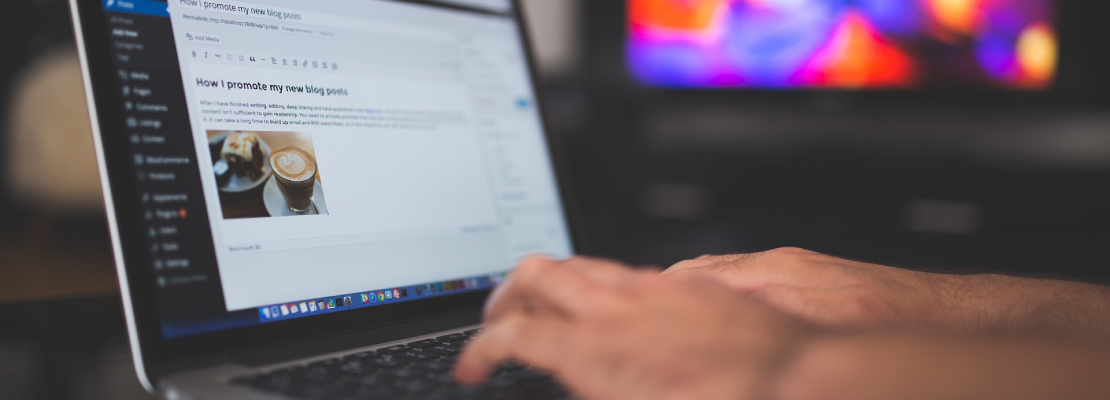How to write in plain language?
- Przejdź do artykułów z tagiem copy
- Przejdź do artykułów z tagiem plain language
- Przejdź do artykułów z tagiem text
- Przejdź do artykułów z tagiem UX
- Przejdź do artykułów z tagiem UX writing
Article content
Not without reason, plain language is an integral part of UX writing.
Are you creating content for your website, writing messages, emails, or surveys for customers? Your writing style can be a problem when your product is aimed at a wide audience. These people may come from different age groups, professions, and social backgrounds.
Another issue is that today’s society consists of people in a hurry. People who value quick and simple access to information. People who, when they see a wall of complicated text, will leave your website.
That’s why plain language is so important in the content you create.
What is plain language?
How can we explain this concept briefly? Maybe like this:
Plain language is writing texts in a way that everyone can understand.
It doesn’t matter whether you have a high academic title or fail every exam. It doesn’t matter if you’re 18 or 60. You will understand the text after the first reading.
Okay, so how do you write in plain language? Let me give you some basic tips.
1. Avoid long sentences
If I were to write a very long sentence now, it would be hard for you to understand because it would quickly become a string of words rather than a clear message. So, sentences should not be longer than 15 words, and 20 is an absolute maximum.
If I were to write a very long sentence now, it would be hard for you to understand. It would quickly become a string of words, not a clear message. After reaching the end, you might forget what the beginning was about. That’s why sentences should not be longer than 15 words. 20 is an absolute maximum.
So now, which paragraph was easier to read? 😊
2. Say goodbye to grammatical forms that make communication difficult
By grammatical forms, I mean:
- Participles such as -ing, -ed, -ing, -ing (non-personal verb forms, for example: ordering).
- Verbal nouns (nouns derived from verbs, for example: bringing – to bring).
- Passive voice, for example: it was not brought.
- Impersonal forms, for example: it was brought
Why shouldn’t you use them? The answer is simple: they make understanding the text difficult and introduce unnecessary confusion. Look at the sentences below.
Ordering water, we will bring it immediately.
I don’t understand. Will I get water while ordering? Who will order it? Me or the waiter while bringing it? “When you order water, we will bring it immediately” sounds much better.
We failed to bring immediately.
Ugh… complicated. How about just “We didn’t bring it immediately”?
Water was not brought immediately.
By whom was the water not brought? By the waiter? So, “The waiter didn’t bring water immediately.”
3. Use simple vocabulary
I know, this advice may seem quite obvious.
Just answer one question for me. When you write, do you tend to diversify your vocabulary to sound “smart”? I often catch myself doing it. When my friend pointed it out to me, she said, “You have an exclusive language.”
I could say she roasted me, but this time, I wouldn’t be using plain language.
Plain language is writing texts in a way that everyone can understand. You don’t use rich vocabulary, youth slang, or industry jargon. You write so that every one of your readers can understand you.
Does that mean plain language limits you?
Of course not. Plain language is about being friendly to all your readers 😊
4. Finally: use headings and write concisely
It’s much easier to read an article when it has headings. Imagine clicking a link and seeing a wall of text… How do you find your way around? How do you find the things that interest you?
Yes, don’t kid yourself: when you write informative text, people don’t read it, they scan it. They didn’t visit the website to marvel at your rich vocabulary. They’re looking for specific information. If they don’t find it, they may not come back.
Don’t let that happen 😊
PS: Did you know that there are already a few tools to help you write clear and concise content? For example, HemingwayApp and Be Readable measures the difficulty level of your text.
Recommended articles
-
 20.03.2023Accessibility
20.03.2023AccessibilityWCAG 2.1 – Criterion 1.2.9 – Audio-only (Live) (Level AAA)
Today we discuss another criterion responsible for the accessibility of live audio materials – 1.2.9 – Audio-only (Live) (Level AAA)….
-
 16.11.2023Not only design
16.11.2023Not only designBook Review: “Neurotribes: The Legacy of Autism and the Future of Neurodiversity”
Today, we celebrate International Tolerance Day. Along with the establishment of this day, the Declaration of Principles of Tolerance was…
-
 30.11.2022Research
30.11.2022ResearchHow to conduct a UX audit. Part 1 – Theory, a bit of self-criticism, and a few practical tips…
Today, we’re putting up a blog post on the topic of usability audits! The idea for this post arose during…

